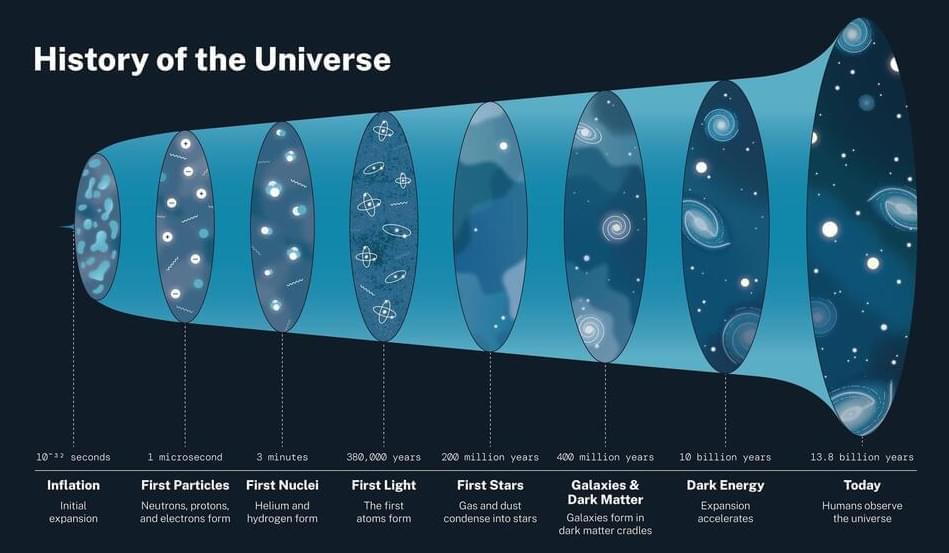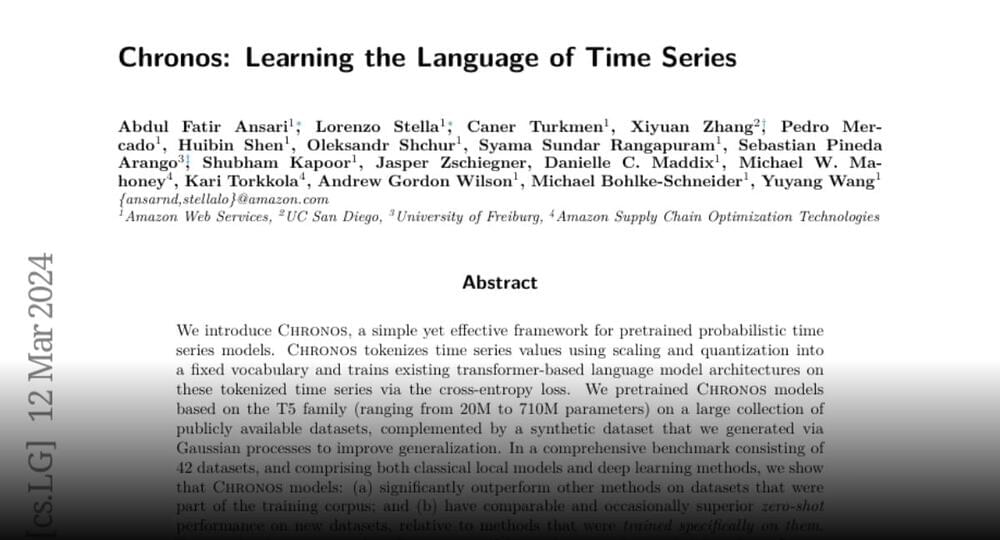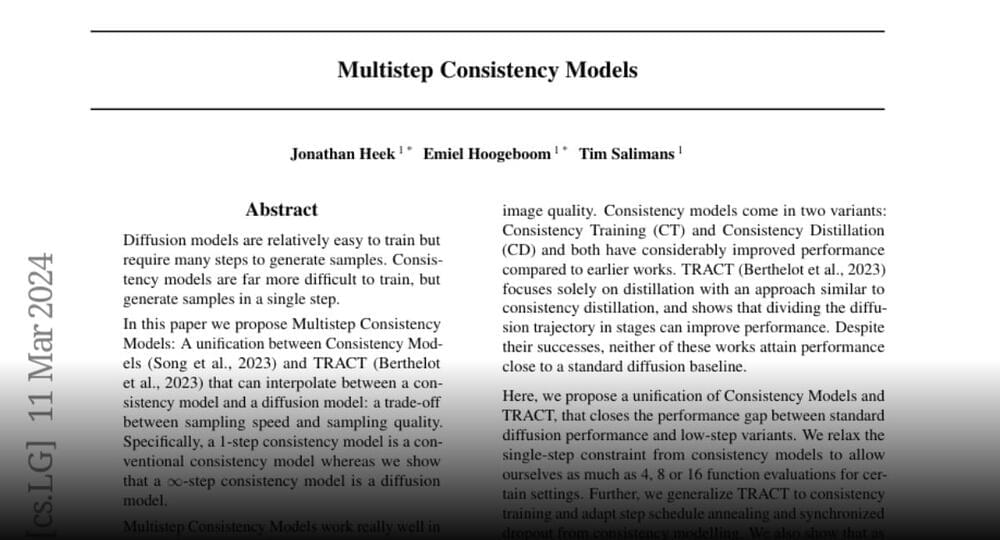Dark energy’s role in propelling the universe’s accelerated expansion presents a pivotal challenge in astrophysics, driving ongoing research and space missions dedicated to uncovering the nature of this mysterious force.
Some 13.8 billion years ago, the universe began with a rapid expansion we call the Big Bang. After this initial expansion, which lasted a fraction of a second, gravity started to slow the universe down. But the cosmos wouldn’t stay this way. Nine billion years after the universe began, its expansion started to speed up, driven by an unknown force that scientists have named dark energy.
But what exactly is dark energy?






